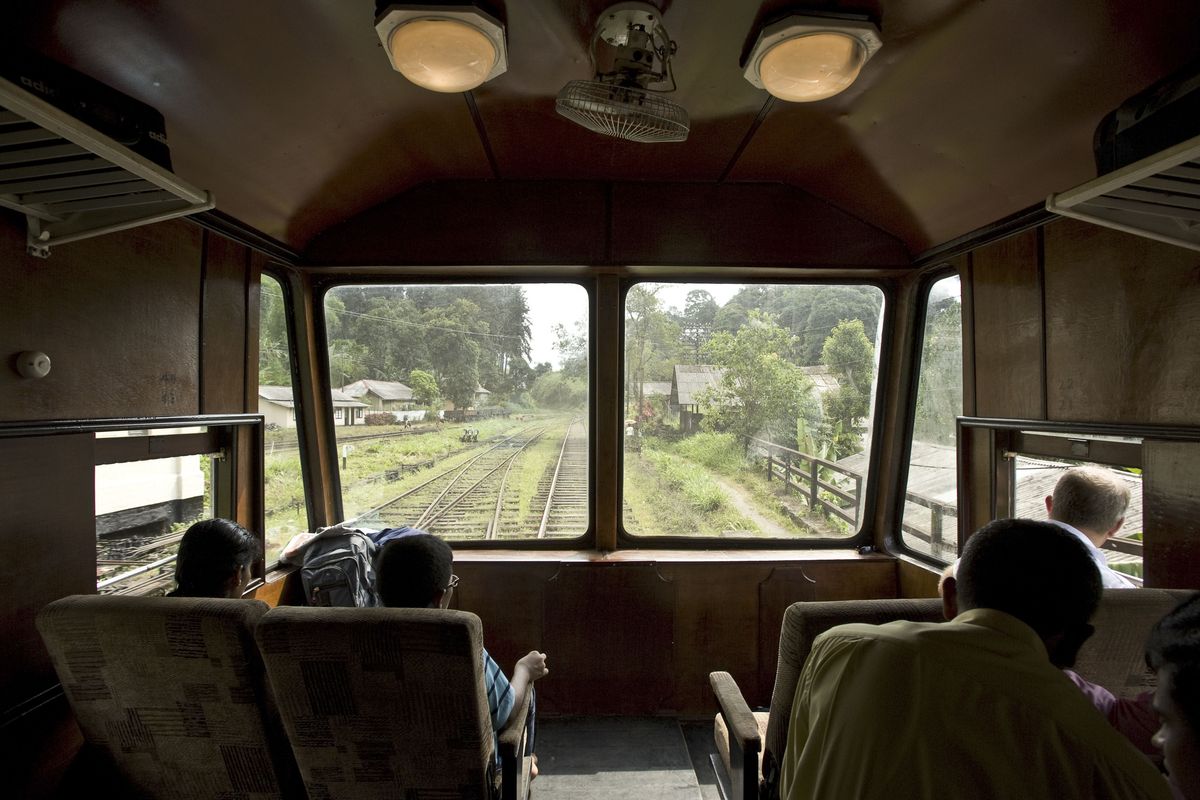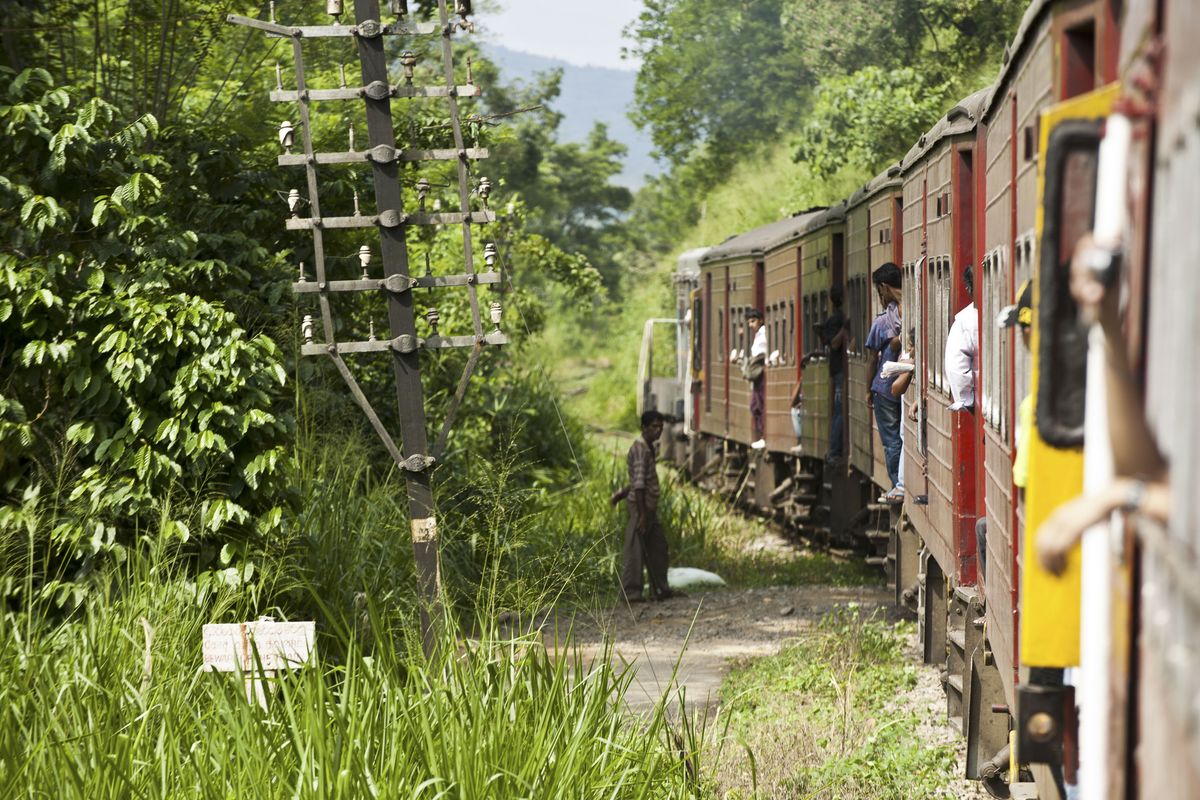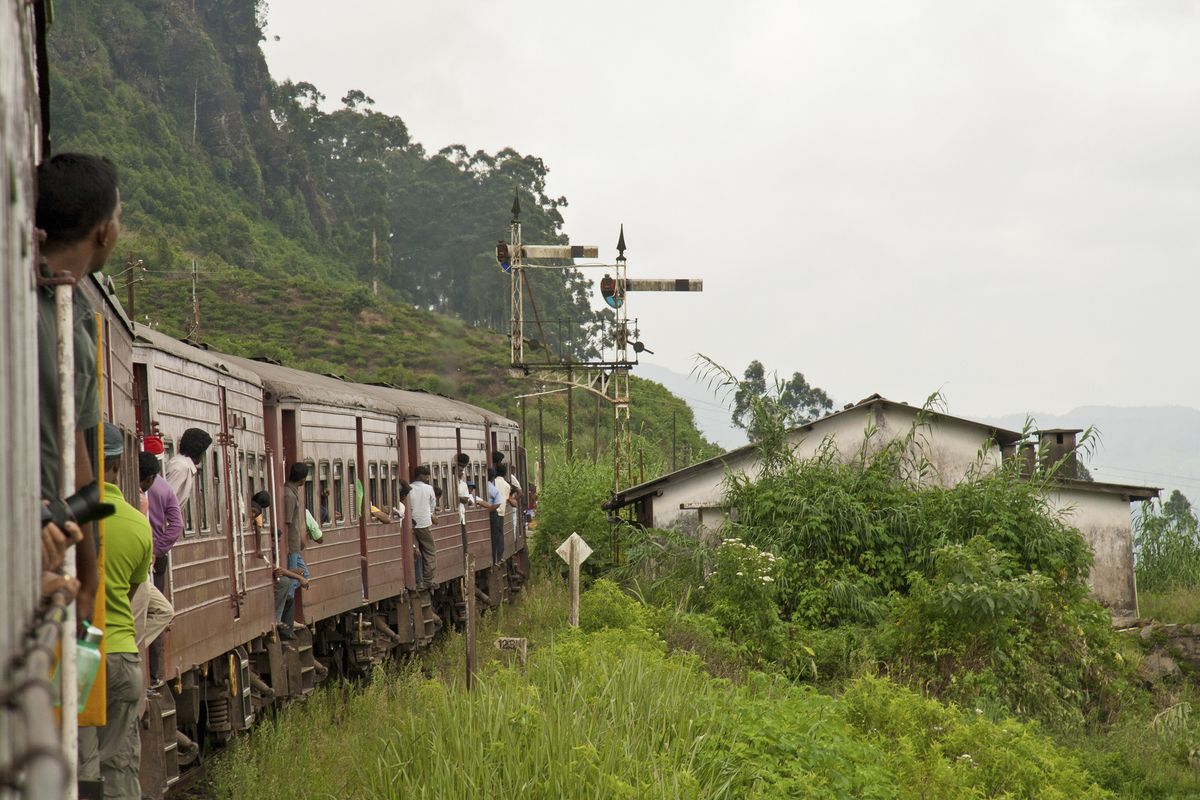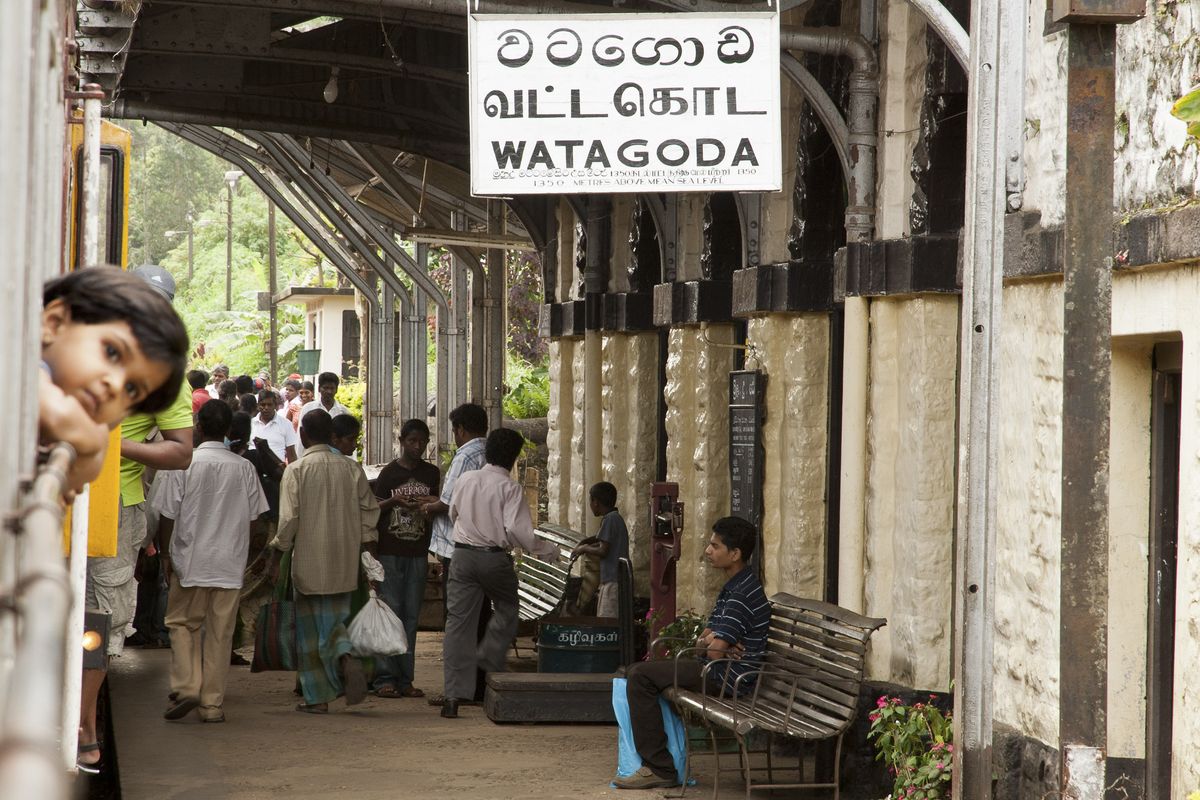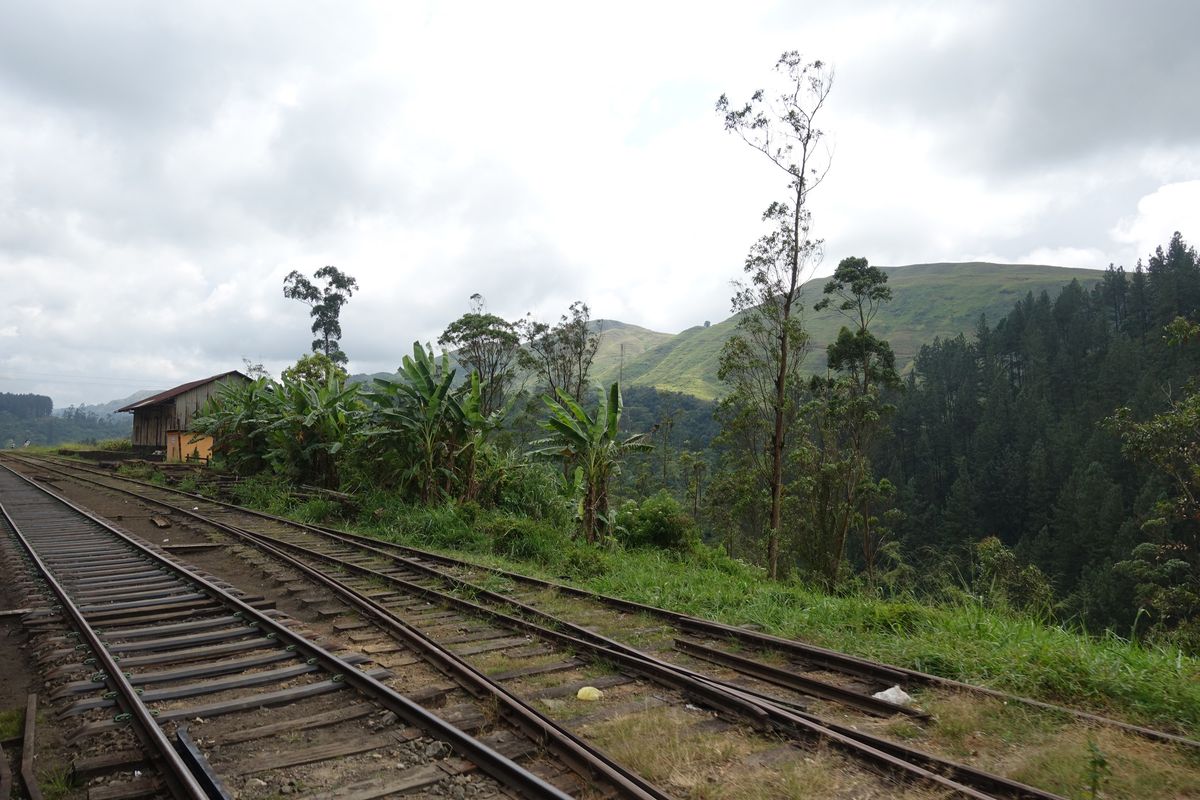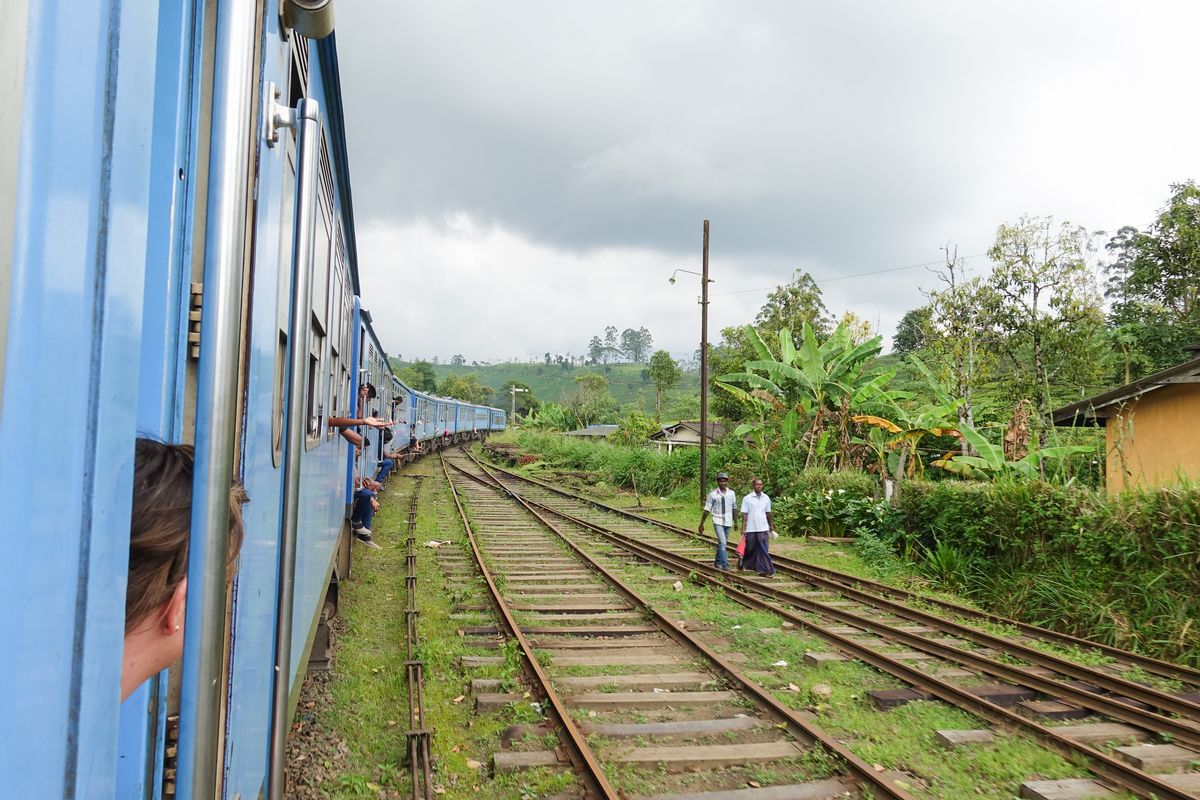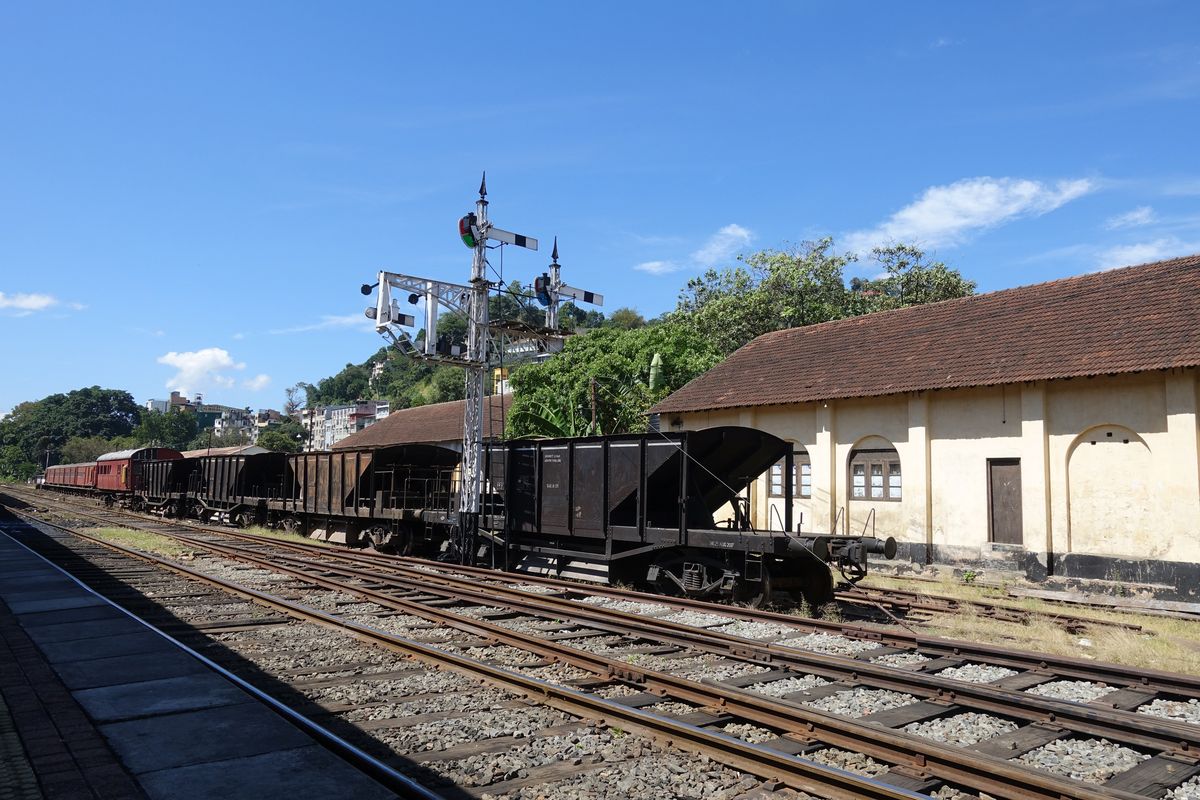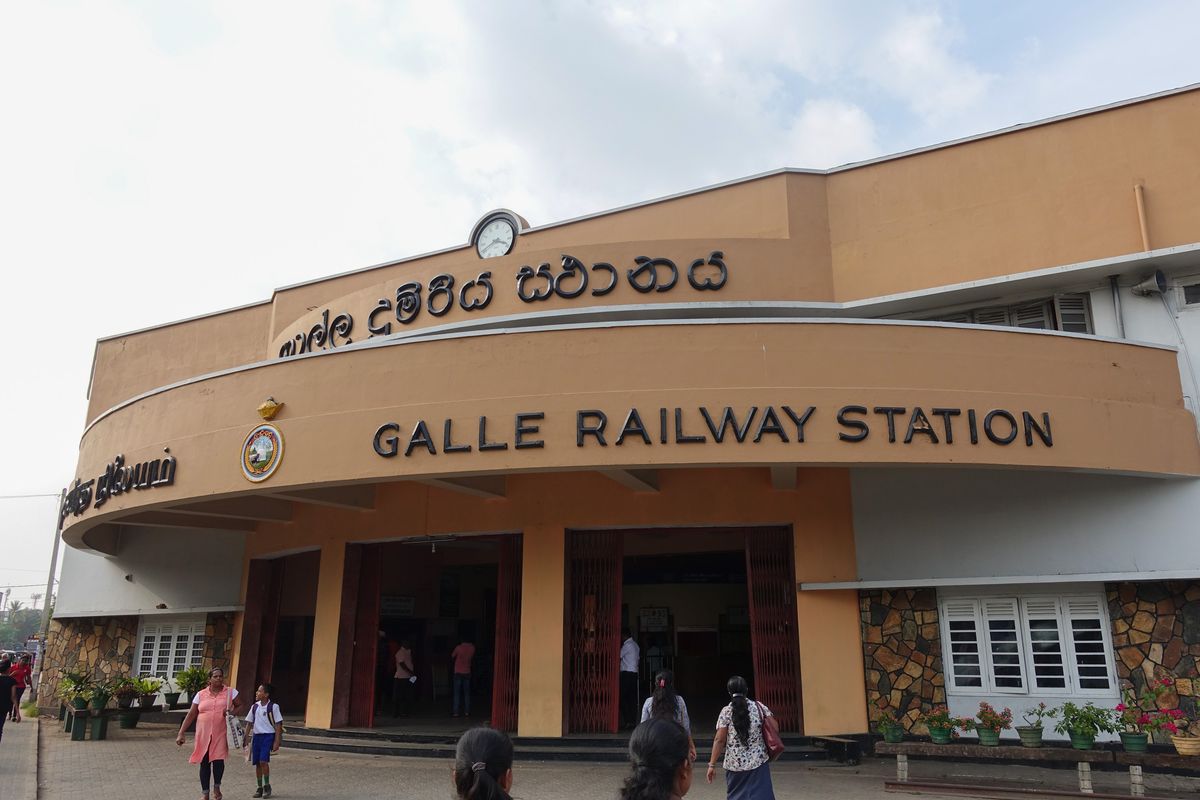Sri Lanka’s best scenic train journeys
by Guest author
Image gallery
Train travel lets you see a country from a scenic and social perspective, sharing your journey with the locals as your eyes wander the landscape of their daily lives. Sri Lanka is particularly blessed with visually stunning railway lines, which run through the mountainsides, connecting plantations and communities.
Sri Lanka’s first railway line was built between its capital, Colombo, and Kegalle District, a graphite mining and plantation region 34 miles to the east. To the Colonial British, the island offered precious crops of tea, coffee, rubber, pepper, mahogany, coconuts... and in true Victorian fashion, railway tracks were soon laid to transport these lucrative goods. Now, the lines are used as local transport and an attraction for visitors. It’s not always a luxurious experience, but it’s amongst our favourite ways to travel in Sri Lanka…
Sri Lanka’s railway network includes...
The highest broad-gauge track in the world, at 1,900 metres
The only railway loop in the world with a station directly on top of it
Kandy to Nuwara Eliya
Known as ‘Tea Country’, the high-altitude landscape of central southern Sri Lanka is lush with tea fields and bright with local communities, connected by one railway line which negotiates the mountains between Kandy and Badulla. Kandy is Sri Lanka’s second largest city and home to the Sacred Tooth Relic; Nuwara Eliya is the heart of Tea Country, and a gateway to Horton Plains National Park. As you travel between the two you can relax, taking in the views and camaraderie onboard. This is one of Asia’s most scenic rail journeys, and if you’re planning your first visit to Sri Lanka, we’ll almost certainly recommend a train trip through Tea Country!
Observation cars through Tea Country
The rear-facing observation cars, with their wide-angle windows offering stunning views of the countryside swooping by, are attached to the back of the train between Colombo (via Kandy, Hatton, Nuwara Eliya, Ella and Demodara) and Badulla: the end of the line. They are understandably popular, so make sure you give us plenty of advance notice to book you a seat!
Galle to Colombo
Historic Galle, with its beautiful old fortified centre, is a must-see on most Sri Lanka holidays, and the coastal railway which connects it to Colombo is a scenic treat of tropical beaches and rolling surf. The journey takes around 2.5 hours, and we can book first class seats in one of the ‘Special’ privately run carriages mentioned below. Otherwise, it’s just a case of turning up, buying a ticket and hopping on board.
Colombo Fort station
Colombo is Sri Lanka’s capital, and its mainline station, Colombo Fort, is a major hub for the entire island. It was opened in 1917, and the old building has become something of a landmark in its own right.
The Demodara Loop
Deep in the lush hill country, there is a section of the main line where the track loops for 360 degrees to negotiate a steep gradient. The line passes through Demodara railway station (the next one out from Ella) and spirals under itself, around a 900-metre loop, ending in a tunnel which runs directly beneath the station. It’s thought to be the only railway loop in the world with a station directly on top of it. Not too far from the historic Nine Arch Bridge viaduct, it was finished in 1921 and is often described as one of the most scenic stretches of railway in the world.
Colombo to Kandy
This was one of Sri Lanka’s earliest railway lines, and the journey takes you through picturesque rural scenery and atmospheric tunnels into the mountain kingdom of Kandy, with its graceful accommodation, dynamic spiritual life and easy access to the island’s ‘Cultural Triangle’.
‘Special’ carriages
Most of Sri Lanka’s trains are operated by the national rail company, and the carriage classes range from basic seating (but with big openable windows) to comfier air-conditioned carriages that have much smaller sealed windows. The smartest carriages are typically provided by private companies, which run ‘special’ carriages attached to the national trains. So, you might get a train with a dozen regular carriages and one premium carriage that’s run by a separate operator. For the higher fare, you get more comfortable seats, air conditioning, wifi, and sometimes food. The windows are small and make it hard to see the scenery, though, and you’re more likely to share the carriage with other tourists than locals. We prefer to take the regular class for its breezy windows and out-of-bubble experiences.
Speak to one of our award-winning Sri Lanka Specialists on +44 (0)1273 670 001, or send us your enquiry.
by Guest author on 15th November 2018
